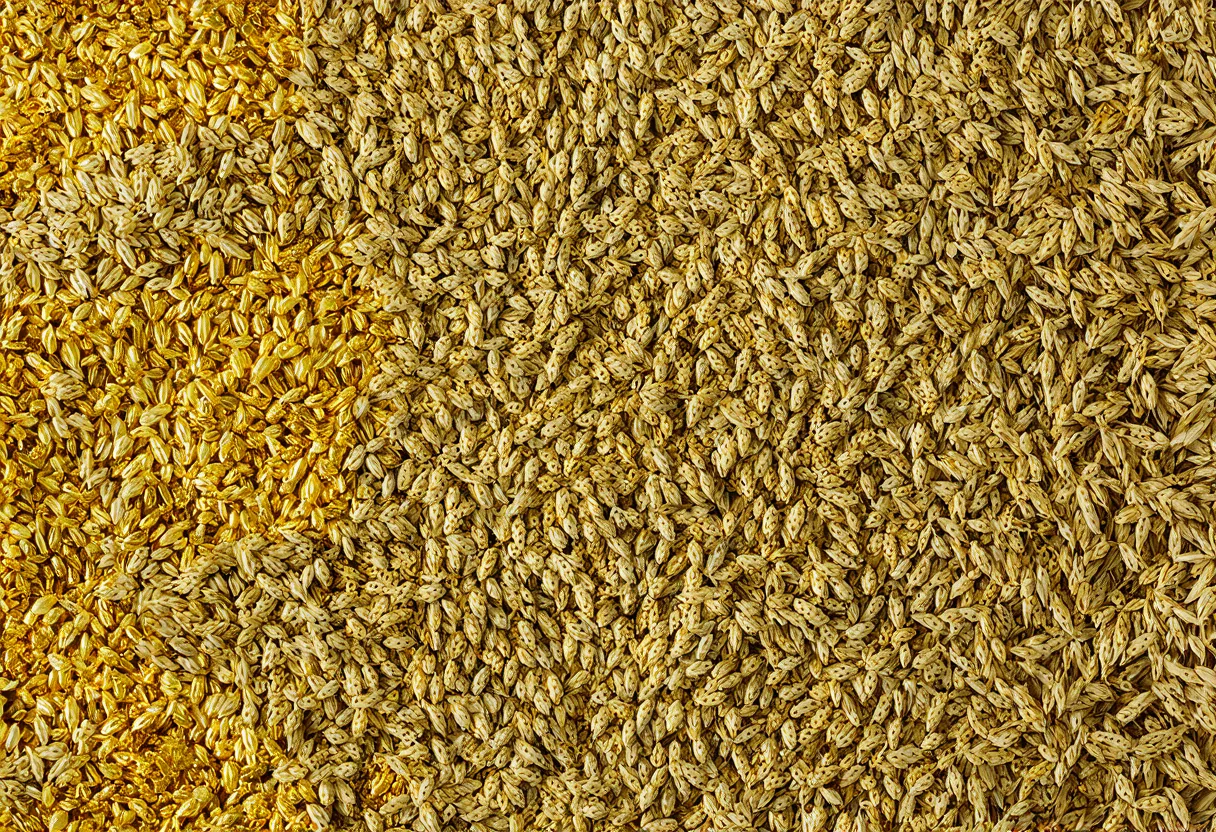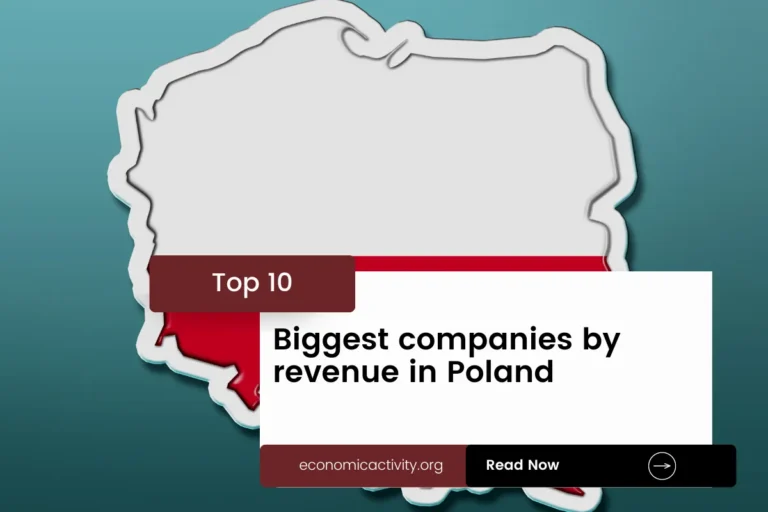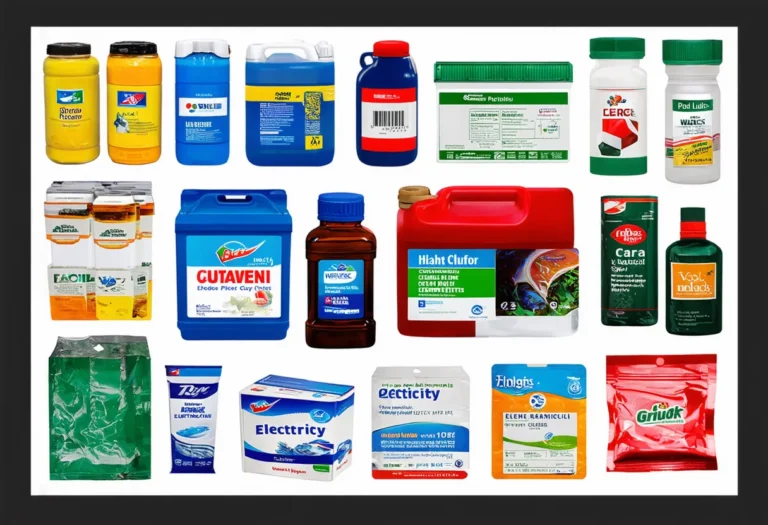South Sudan, with a population of 10,913,164, is ranked 83rd globally, just behind Cuba. Located in East-Central Africa, it spans 646,883 square kilometers, ranking 40th in the world, right after Afghanistan.
South Sudan’s economic position in 2022 is challenging, with a GDP of $7,012,000,000, ranking 148th globally. It lags behind Lebanon, which has a GDP of $7,360,000,000. The GDP per capita in South Sudan is $467, placing it at 184th in the world, behind Sierra Leone with a GDP per capita of $475.795728.
Despite facing economic difficulties, South Sudan is working towards improving its economic stability and growth in the coming years.
What are the economic activities of South Sudan?
- Primary activities: 39.6% of GDP.
- Secondary activities: 2.6% of GDP.
- Tertiary activities: 57.8% of GDP.

Primary Sector of South Sudan
The primary sector in South Sudan, particularly agriculture, thrives due to its favorable climate and abundant natural resources. With 44.71% of the land dedicated to agriculture, the country produces a variety of crops and animal products. The main agricultural products include milk, cassava, sorghum, goat milk, vegetables, fruits, maize, groundnuts, sesame seeds, and beef.
Despite agriculture contributing 39.6% to the GDP, its significance lies in the diverse range of products it offers, sustaining livelihoods and food security for the population.
With its diverse geology, South Sudan benefits from abundant natural resources including hydropower, fertile land, gold, diamonds, petroleum, hardwoods, and various minerals. These resources play a crucial role in driving the economy through agriculture, mining, and energy production.
Secondary Sector of South Sudan
What is the secondary sector or what are secondary activities?
The secondary sector includes industries that transform raw materials from primary activities into finished products for consumption. In South Sudan, the main industrial products are beer, soft drinks, sugar, and other food products. These goods are manufactured for domestic consumption and export, contributing to the country’s economy and development.
In 2023, South Sudan’s total exports are dominated by natural resources, making the contribution of manufactures relatively insignificant, highlighting the country’s heavy reliance on raw materials for its export revenue.
Tertiary sector of South Sudan
What is the tertiary sector or what are tertiary activities?
The tertiary sector in South Sudan encompasses various services that enhance productivity and meet needs through knowledge and time. Key activities include healthcare, education, banking, communication, transportation, and security services. These sectors contribute to the country’s economic development and well-being.
Notably, South Sudan’s tourism industry is a significant contributor to its economy. With an annual influx of visitors, popular destinations like the Boma National Park and Nimule National Park showcase the country’s rich natural heritage. However, the low ratio of tourist arrivals to population suggests potential for further growth and development in this sector.
Another example of tertiary economic activity is the mobile cellular sector, with approximately 3.3 million subscriptions, supporting technological growth by enhancing communication and access to digital services across the population.
Military Activities and Economic Sectors of South Sudan
The military is a clear example of how different economic activities work together. In South Sudan, the primary sector helps by providing resources needed for military use, like oil and minerals. The secondary sector focuses on manufacturing military equipment, while the tertiary sector includes services like logistics and support. The quaternary sector involves military research and development, and the quinary sector is about high-level decision-making and strategy in defense.
In 2023, South Sudan’s military expenditure was $1,076.2 million, which is 3.02% of the country’s GDP. The active military force consists of 185,000 personnel, resulting in about 18.1 active military members for every 1,000 people in the country.
Biggest company in South Sudan
Which is the biggest company in South Sudan? The largest company is Naftna Industrija Srbije, with a market value of 0.92 billion USD. It operates in the energy industry, focusing on oil and gas. The company was founded in 1945 and plays a key role in the country’s economy.
International Trade of South Sudan
Import Activities of South Sudan

The import activities of South Sudan are of high importance, accounting for 13.38% of GDP in 2023, totaling $938 million.
South Sudan’s key import partners are UAE, Kenya, China, US, and India. The country mainly imports garments, cars, trucks, packaged medicine, and malt extract.
Exports Activities of South Sudan

South Sudan’s total exports in 2023 amounted to $544 million, representing 7.76% of its GDP. With a low importance level, export activities play a minor role in the country’s economy.
South Sudan’s export activities are primarily focused on crude petroleum, refined petroleum, gold, forage crops, and barley. The country’s key export partners include China (44%), Italy (26%), Singapore (12%), Japan (9%), and the UAE (8%).
South Sudan economy challenges in 2024
South Sudan faces challenges in 2024 with its low-income, oil-based economy, extreme poverty, and food insecurity. COVID-19 and ongoing violence hinder its socioeconomic potential. Land and property rights issues persist, despite being rich in natural resources but lacking infrastructure.




Leave a Reply